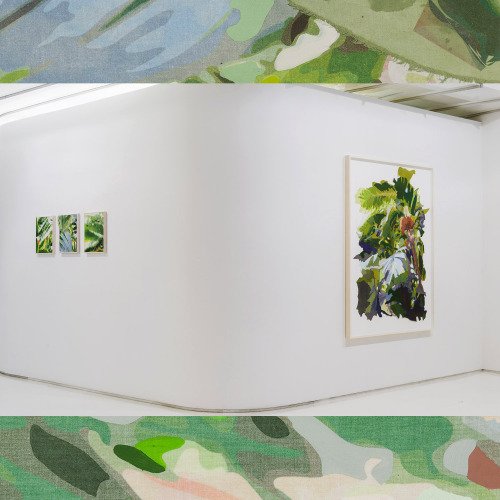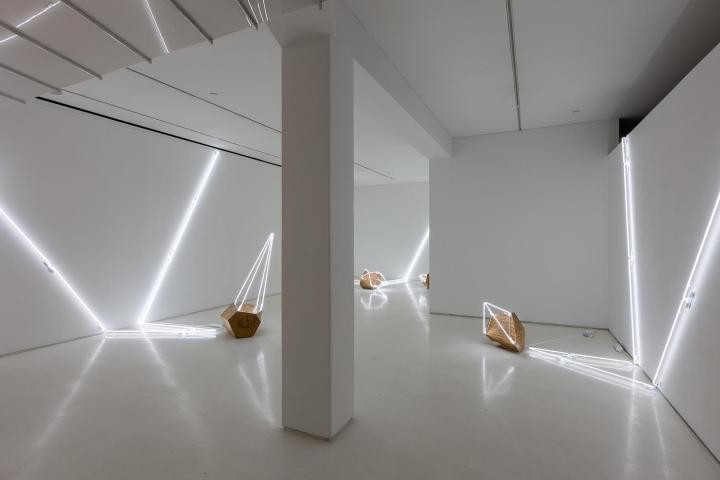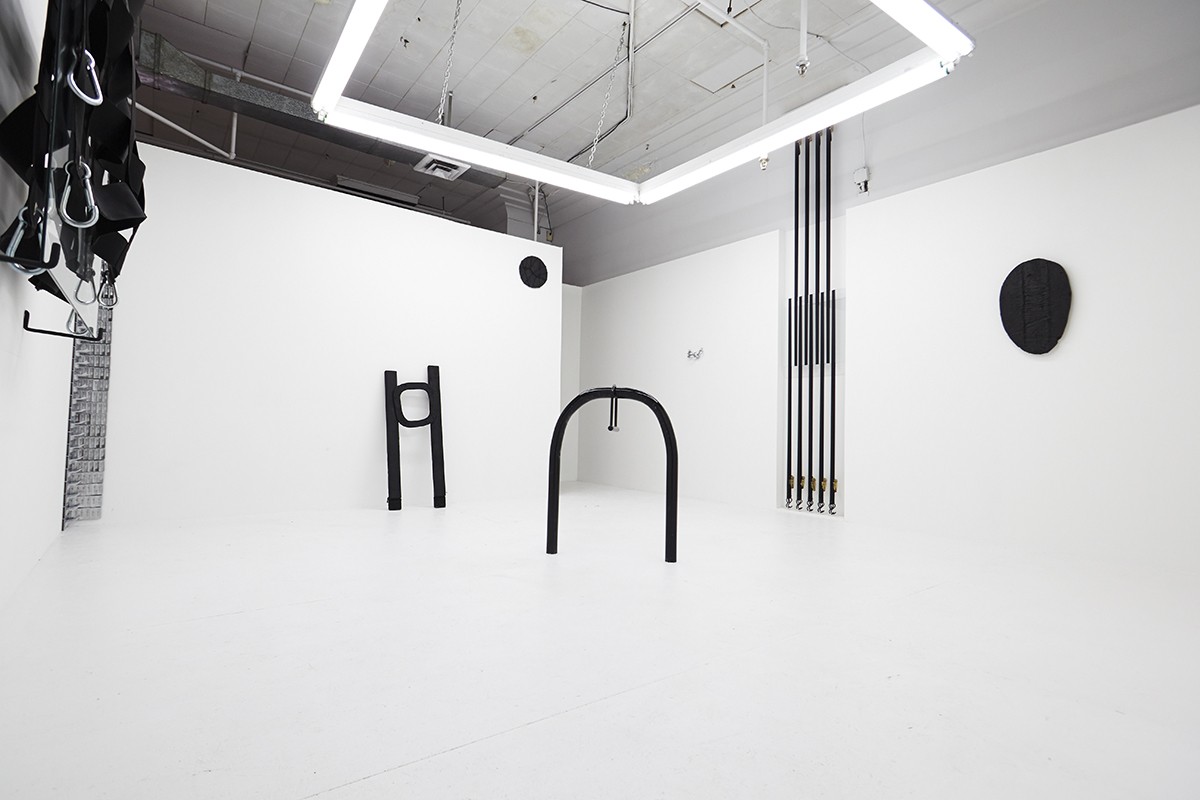In January 2016, Mixed Greens Gallery issued the following statement:
After sixteen years in Chelsea, Mixed Greens has closed. We look back on our history and take great pride in the work we have done with hundreds of exceptional artists. It has been a fun, inspiring, and deeply enriching journey for all of us.
In 1999, Paige West founded Mixed Greens to support emerging artists. We were the first curated website to promote and sell artists’ work online and through other non-traditional means such as experimental spaces, collector-friendly catalogs, and documentary films. Through such efforts, Mixed Greens built a reputation of approachability and inventiveness that proved unique. Our goal was to exhibit work of not only contemporary interest but of lasting historical significance. We aspired to be transparent and accessible, while truly supporting the work of our artists. We hope that we’ve fulfilled our mission.
We thank all of the artists we have had the pleasure to work with over the past sixteen years, many of whom we represented for well over a decade and consider to be family. We thank the curators and collectors who believed in our artists, and we thank all the artists, students, professors, critics, and visitors from around the world who came in to see our shows. As individuals, we will remain friends, co-conspirators, and ardent supporters of the artists we have shown and look forward to new beginnings for everyone.
 Paradise Constructed, Naomi Reis exhibition at Mixed Greens
Paradise Constructed, Naomi Reis exhibition at Mixed Greens
Although I am, selfishly, sad for myself at the closing of Mixed Greens, the way they present their departure from the contemporary art scene in Chelsea feels more like a hopeful new beginning than an ending. This positive and inclusive attitude and a devotion to transparency set Mixed Greens apart from many other New York galleries.
Not only did they show some of the best work from emerging and mid-career artists, some even from Baltimore (like Alex Ebstein, Amy Boone-McCreesh, Zoë Charlton and Rick Delaney), Mixed Greens was the friendliest gallery in Chelsea! It was one of just a few galleries where the people working there wouldn’t pretend to be typing on their laptops when you came in – even if you looked like an artist. Mixed Green’s staff made a point to be polite, engage in conversation, and answer any questions you might have.
Over the last decade and a half, the gallery has been a leader in making art galleries more transparent, listing prices and even selling artwork online when other New York galleries purposely created the impression of scarcity, refusing to sell works even when they were available. All this came before their actual bricks and mortar space, more like an artists advocacy group in the beginning, but the organization evolved into a more traditional gallery with a Chelsea address to better serve the artists they worked with.
Now that Mixed Greens is closed, Director of Artist Relations (and co-author of Art/Work) Heather Darcy Bhandari agreed to shed some light on the process of closing an art gallery.
 MIXED GREENS GROUP PORTRAIT: In the back (L-R): Monica Herman and Courtney Strimple. In the front (L-R), Heather Darcy Bhandari and Steven Sergiovanni – photo from the New American Paintings blog circa 2013.
MIXED GREENS GROUP PORTRAIT: In the back (L-R): Monica Herman and Courtney Strimple. In the front (L-R), Heather Darcy Bhandari and Steven Sergiovanni – photo from the New American Paintings blog circa 2013.
*****
Cara Ober: Mixed Greens chose to end on a high note. There were no financial problems, you love the artists you worked with, and Chelsea was good to you. What made you and the Mixed Greens staff decide it was time to close your doors? How did you know it was time?
Heather Darcy Bhandari: Everyone at Mixed Greens was sad to close, but it really seemed like the right time to move on. One of MG’s main goals had been accomplished: we helped bring a level of transparency to the art world. What was revolutionary in 1999 – putting art on the Internet, selling it, and being forthright about prices – is standard in today’s social media driven environment.
Chelsea was an amazing place to start a gallery eleven years ago, but galleries showing emerging to mid-career artists have moved on to other parts of the city. Instead of just moving locations and trying the same things in a different place, we felt it made sense for each of us to try new things and to innovate. Because we ended on a high note, the artist and alumni network of MG is very strong.
 Keith Lemley: Arboreal
Keith Lemley: Arboreal
How do you end longterm relationships with artists that built gradually over time? What is your responsibility as a gallery to those artists? What do you expect from the artists you worked with?
The relationships haven’t ended! I kept having to remind myself that no one was dying, we were just transitioning our relationships into something different. Instead of having one gallery in which to show their work, the artists now have half a dozen strong advocates who know them and their work incredibly well. I’m hoping we continue to facilitate opportunities for the artists we’ve loved so much.
As far as responsibility goes: I felt enormous responsibility to give the artists everything I could regarding paperwork and records. Of course we gave them all their work and made sure they were paid, but it’s all the little stuff–inventory, images, pricelists, collector lists–that could easily get lost and the information forgotten. I wanted to make sure they were, once again, the sole proprietors of their businesses. I also wanted to create a static website that catalogued all the hard work we did together over the years. The exhibitions and videos live on.
I don’t expect anything from the artists! They owe me nothing, but I hope we get to see each other a lot and get to work together again in the coming years.
What was most surprising to you about the process of closing the gallery? How long did that process take and what did it entail?
Posting on Craig’s List that you need to get rid of things is very, very effective! Aside from that, I was surprised by how much love we got from the artists. I expected anger or at least frustration. I got a hint of that but the overwhelming response was excited nervousness about the future and appreciation for what we built together.
Technically speaking, it took a full six months to really close, with all of January devoted entirely to sending back work and making sure the artists had everything they needed. There was a healthy mix of spreadsheets and manual labor. And a lot of cancelled lunches and studio visits when I realized it wouldn’t be as easy as I thought.
 Brendan Fernandez’s Window Project
Brendan Fernandez’s Window Project
Where and how will you be spending your time, now that the gallery is closed?
I’m teaching a course on professional development for artists at Brown University, working on the second edition of Art/Work, helping to visualize .art (a new domain that will launch soon), and working as the program director for The Artist First, a new, LA-based nonprofit dedicated to serving emerging artists through fellowships and public programming. I’m also on the boards of NURTUREart and Art Omi and trying to find time to spend with family and friends. It is definitely interesting/challenging to work on so many fun projects.
As the author of a well-read professional development book for artists (Art/Work), committed to professional transparency for artists, what do you want artists to know about their relationship with a gallery – now that you have closed one?
An artist needs to trust his/her gallery. Things like using consignment forms, being transparent about discounts, and allowing freedom in the studio, are the sorts of things that allow an artist and gallery to have a productive relationship. Ultimately, the gallery/artist relationship is based on trust. If an artist doesn’t trust the gallery, they should look for new representation. One of the lessons of Mixed Greens was that artists and galleries do best when there is mutual respect and honesty.
And–some bad news for artists–regardless of how good the representation, they must keep track of all the business aspects of their studios. It’s important that the gallery keeps track of inventory, but they need to do it too. Same with prices, collector lists, press releases. Have a copy. Be proactive. Artists don’t need to generate everything themselves, but they need to check in and be present.
And good news–all the relationships and information sharing never ends. I was struck by the gratitude we all felt when everything was said and done. I couldn’t ask for much more than that and look forward to crossing paths with everyone again.






